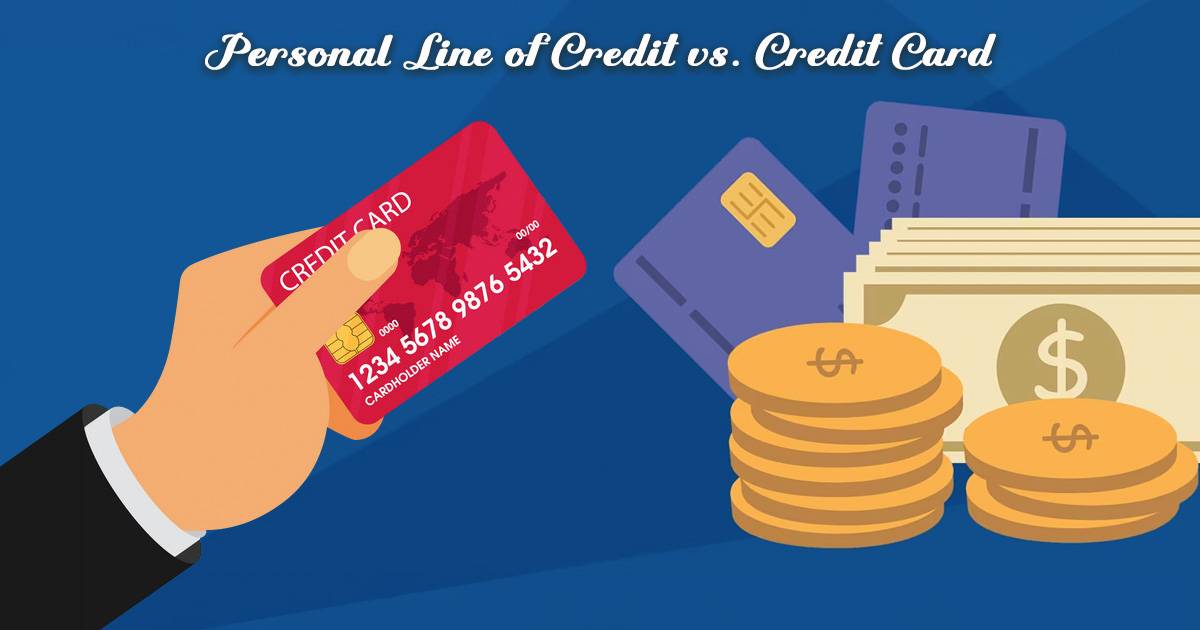Personal Line of Credit vs. Credit Card: A Simple Comparison

Understanding the differences between a personal line of credit and a credit card can help you make smart choices about how you borrow and spend money. Both financial tools offer flexibility, but they serve distinct purposes depending on your needs and financial goals.
How Does a Line of Credit Work?
A line of credit operates like a safety net of money that you can tap into when needed. Think of it as a loan that bends with your needs up to a specific amount. This amount depends on things like how trustworthy you are with credit and the rules set by the lender. Just like with a credit card, you can take out money whenever you need it, and you only pay interest on what you borrow.
People often turn to a line of credit for significant expenses they can’t cover outright with savings, such as making home improvements or handling unexpected medical bills. It serves as a cushion for financial emergencies because you don’t need to withdraw the full amount at once. Instead, you borrow as needed and repay it gradually, giving you more control over your finances.
When to Use a Line of Credit vs. a Credit Card
Deciding between a line of credit and a credit card depends on your financial needs and the nature of your expenses.
Lines of Credit Are Best for Large Purchases
If you have a major expense coming up, like remodeling your kitchen or covering tuition fees, a line of credit can be a practical solution. It gives you the flexibility to borrow a substantial amount upfront and repay it gradually. Also, lines of credit usually charge lower interest rates than credit cards, which can save you money if you borrow for a longer time.
Credit Cards Are Ideal for Everyday Spending and Earning Rewards
A credit card is handy for daily needs like gas, groceries, or buying online. Lots of cards give rewards, like cash back or points for travel. Paying off your balance every month helps you build good credit, which is key for borrowing in the future.
Line of Credit: Pros and Cons
Pros
- Flexible Borrowing: Flexible borrowing means you can use money when you need it, up to a set limit.
- Lower Interest Rates: Lines of credit often have lower interest rates than credit cards, which helps you save on interest costs.
- Versatility: Use it for emergencies, large purchases, or ongoing expenses.
Cons
- Collateral Requirement: If you get a secured line of credit, you might need to put something valuable down as collateral, like your home or other belongings.
- Fees: Some lines of credit could have yearly charges or fees for transactions.
- Spending Temptation: Easy access to funds might tempt you to overspend beyond your means.
Credit Card: Pros and Cons
Pros
- Convenience: Easily make purchases in stores, online, or while traveling without carrying cash.
- Rewards: Get rewards like cash back, travel points, or discounts when you make purchases.
- Credit Building: Responsible use helps establish and improve your credit score.
Cons
- Higher Interest Rates: Credit cards often charge higher interest rates than lines of credit.
- Fees: There are also fees, like yearly charges and penalties for paying late, that can make using a credit card more expensive.
- Debt Accumulation: If you carry a balance from month to month, interest charges can accumulate, potentially leading to debt.
Choosing Between a Line of Credit and Credit Card
Deciding between a line of credit and a credit card depends on what you need and how you spend your money. If you expect to borrow money for a big purchase or to combine debts with high interest rates, a line of credit could be the right option. But if you like getting rewards for everyday shopping and handling smaller expenses, a credit card might be a better fit.
